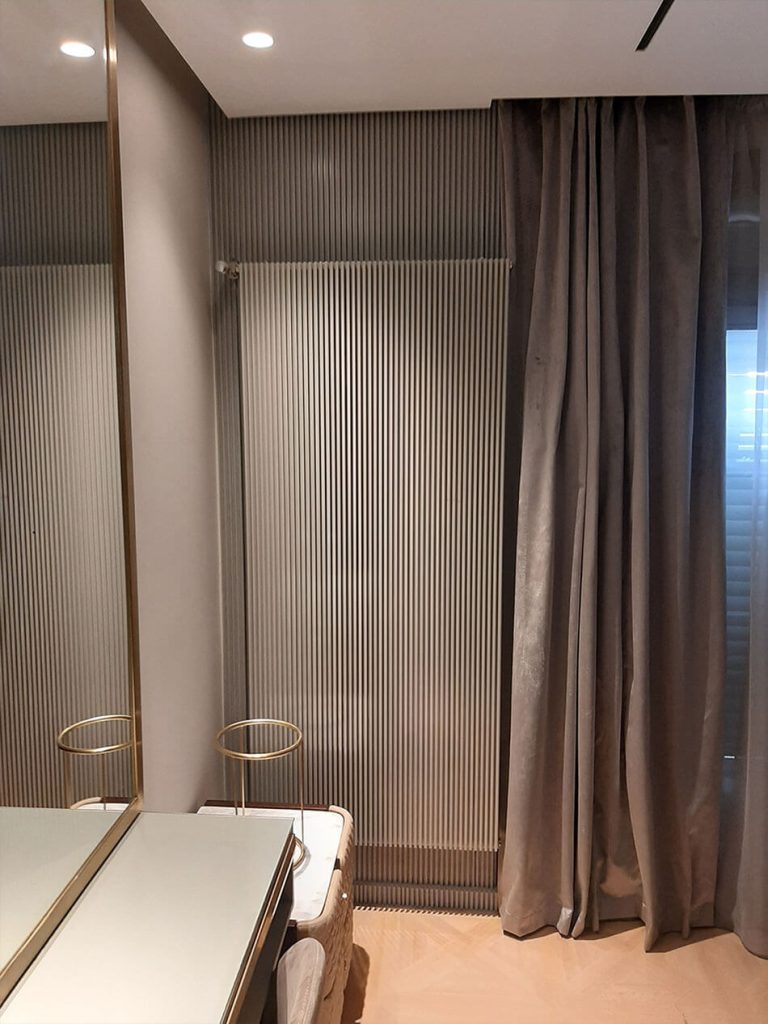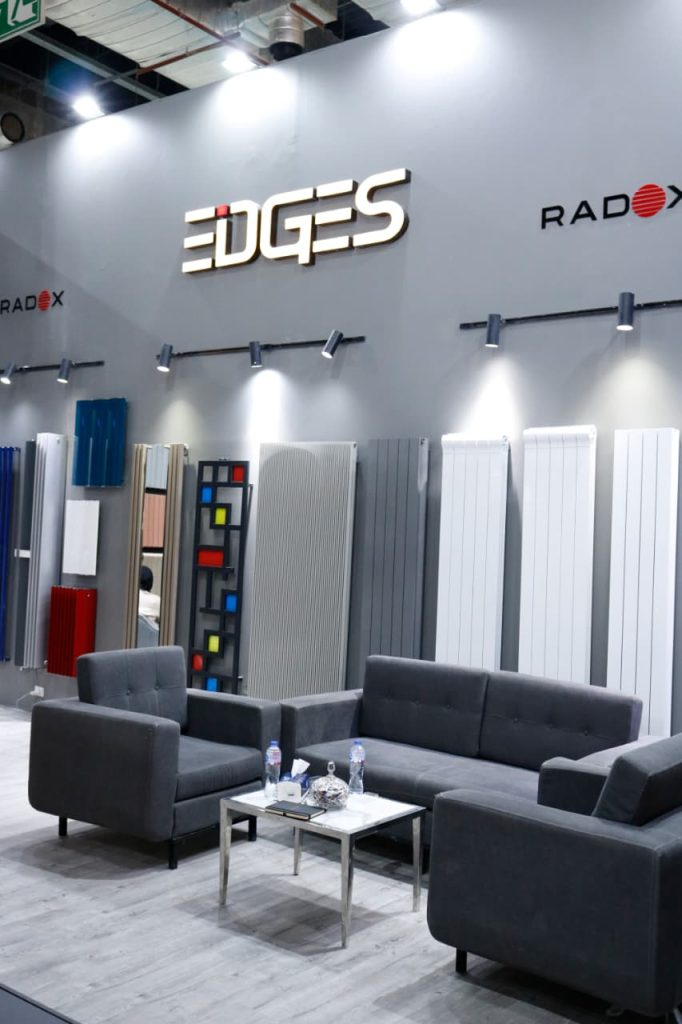Best Underfloor Heating Systems from Edges Heating Systems – Egypt.
As energy efficiency and comfort become increasingly important in building design, radiant and hydronic heating systems are gaining popularity in Egypt. A crucial component of these systems is PEX, or cross-linked polyethylene. PEX is lightweight, durable, and flexible, making it a reliable and cost-effective choice for the design and installation of heating systems.
What is PEX? PEX, or cross-linked polyethylene, is a type of plastic tubing made from high-density polyethylene (HDPE). It is enhanced through a process called cross-linking, which increases its strength, flexibility, and resistance to high temperatures and pressures. Today, PEX is widely used for circulating hot water in heating systems.
There are three types of PEX for heating applications:
- PEX-A: Most flexible, great for tight bends in radiant floor layouts.
- PEX-B: Slightly stiffer, commonly used in residential radiant heating.
- PEX-C: The most rigid, often found in above-floor panel systems.
Applications of PEX in Heating Systems
- Radiant Floor Heating: PEX tubing is placed in concrete slabs or under subfloors. Hot water flows through the tubes, radiating heat upward for consistent warmth. This method is popular in homes, garages, and commercial spaces.
- Hydronic Baseboard Heating: PEX connects baseboard Radiators to the central boiler, providing a corrosion-resistant alternative to copper.
- Hydronic Radiator Systems: PEX links wall-mounted radiators to a hot water source, making it easier to upgrade old buildings.
- Snow Melting Systems: PEX circulates warm water under outdoor surfaces, melting snow and ice on driveways and walkways.
Contact Edges’ experts for personalized consultations. We assess your needs to ensure the right system for you.
Advantages of PEX in Heating Applications
- Flexibility: PEX bends easily around obstacles, making installation simpler for complex layouts.
- Durability: PEX resists corrosion and scale buildup, ensuring long-lasting performance with little maintenance.
- Freeze Resistance: While no pipe is freeze-proof, PEX can expand slightly without bursting, providing extra protection in cold areas.
- Energy Efficiency: Its low thermal conductivity helps support energy-efficient heating.
- Cost Savings: PEX needs fewer fittings, cuts down labor hours, and is cheaper than copper or steel, making it ideal for both large projects and single-family homes.
System Components Typically Used with PEX
- Boilers or water heaters to supply hot water.
- Manifolds to distribute heated water to different zones.
- Thermostats and zone valves for controlling temperature.
- Insulation to prevent heat loss in slabs or walls.
- Oxygen-barrier PEX (like PEX with EVOH coating) protects metal parts from corrosion in closed-loop systems.
Best Practices for Installation
- Always use oxygen-barrier PEX in closed-loop systems to prevent rust.
- Install tubing with consistent spacing (usually 6″–12″ apart) for even heat distribution.
- Secure tubing with clamps or staple-down systems.
- Pressure test before pouring concrete or closing floors/walls.
- Keep tubing away from UV light and sharp objects, and avoid high heat.
Limitations to Consider
- PEX should not be exposed to UV light, even during short-term storage.
- Rodents may chew through tubing, so use protective barriers in crawlspaces.
- Local building codes may require specific insulation, spacing, or pressure testing.
PEX systems are rapidly becoming the standard for hydronic and radiant heating. Their flexibility, energy efficiency, and reliability make them ideal for various heating projects—whether you’re designing a new energy-efficient home, retrofitting an older building, or installing an outdoor snow melting system. As trends increasingly emphasize performance and sustainability, PEX will continue to be a crucial material in high-performance heating solutions.


